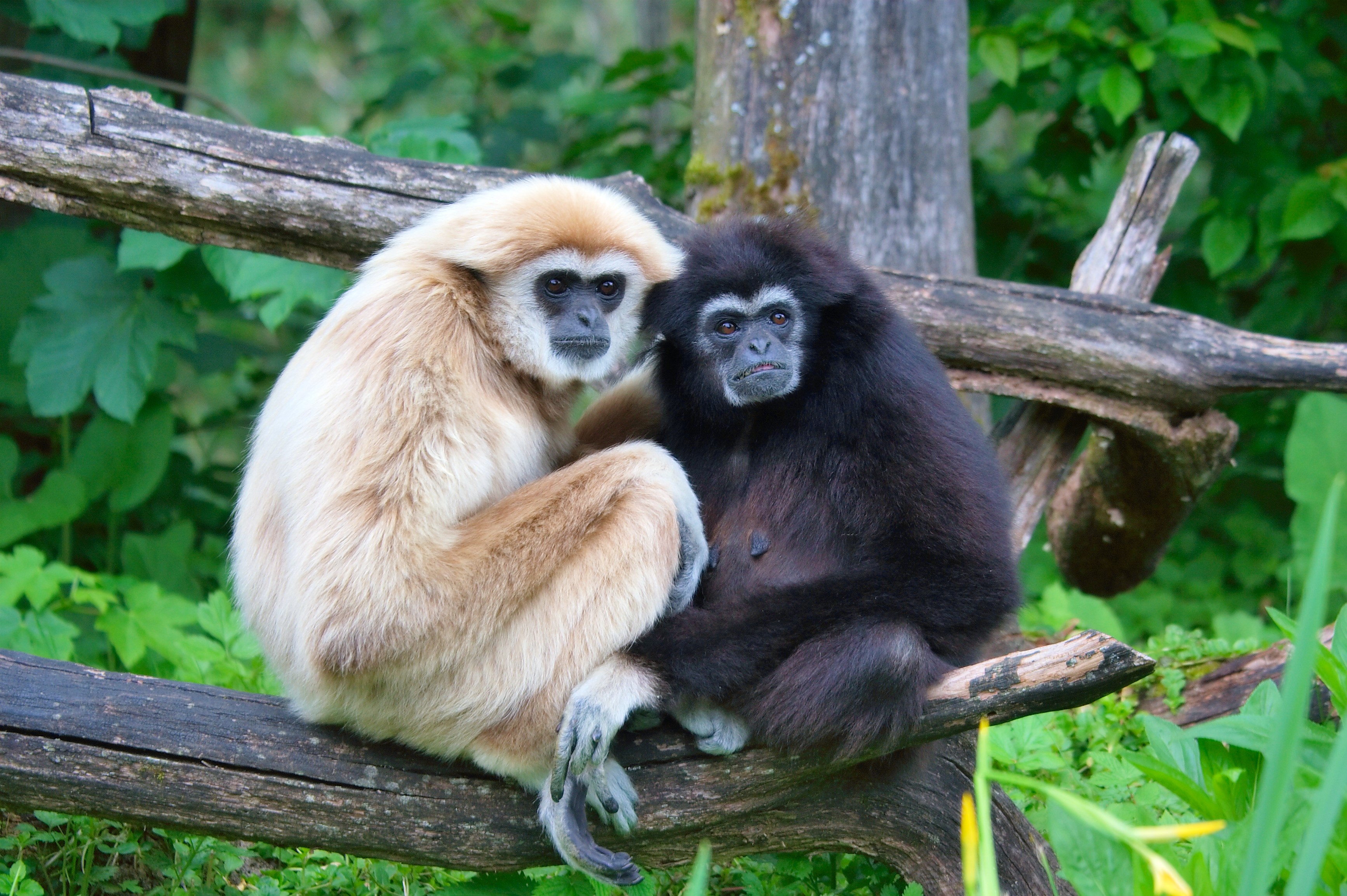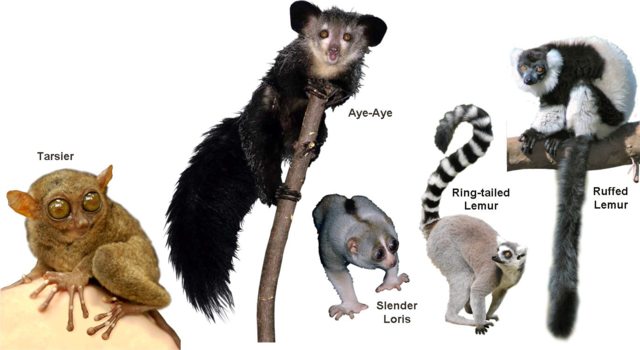Primate Conservation
Purpose statement & Intro:
My name is Michael Kauatjitotje and I am a student at Northern Virginia Community College. For my anthropology class we had to create a blog to educate on primate conservancy. The goal of this blog is to briefly highlight the diversity of primates just before highlighting the issue of habitat destruction thats pushing them towards extinction.
Blog flow:
- Over view of what primates are
- Conservancy issue
- How it's being mitigated
The other primates in the 21st century.
What is a primate?
Any of various mammals of the order Primates, which consists of the lemurs, lorises, tarsiers, New World monkeys, Old World monkeys, and apes including humans, and is characterized by nails on the hands and feet, a short snout, and a large brain.

These beautiful and courage animals are our cousins as humans. Most people love and cherish their cousins, but it seems like these are one cousins that humans don't want to get along with.
Before we get into the main human driven conservancy issues with primates, we'll vist some of the richness of the order primate.
Our Distant Cousins
There are an estimated 704 species and subspecies of primates. 69% are threatened by extinction.The biological order of Primates is divided into these classifications:
- Great Apes: bonobos, chimpanzees, gorillas, humans, and orangutans

- Lesser Apes: gibbons

- Monkeys: baboons, capuchin monkeys, colobus monkeys, drills, geladas, guenons, howler monkeys, langurs, macaques, mandrills, mangabeys, marmosets, night monkeys, patas monkeys, proboscis monkeys, sakis, snub-nosed monkeys, spider monkeys, squirrel monkeys, tamarins, titis, uakaris, and woolly monkeys

- Prosimians: the oldest, most “primitive” order of primates, including galagos or bushbabies, lemurs, lorises, pottos, and tarsiers

WHERE DO NONHUMAN PRIMATES LIVE?

Nonhuman primates live in parts of Africa, Asian, and Latin America. Most live in tropical climates along the equator.
- Great apes live in Africa and Asia
- Lesser apes (gibbons) live only in Asia
- Monkeys live naturally in Africa, Asia, and Latin America. Introduced* "feral" populations live in Gibraltar, on a few Caribbean islands, and in parts of the United States. But these are not their natural homes
- Prosimians live in African and Asia
A dire issue: Habitat destruction.
What are the Primate Threats?
Around the globe almost half of all primate species are threatened with extinction as a result of human activity. The main threats this group faces are habitat destruction, poaching, the illegal pet trade, and disease.
Loss Of Habitat
Habitat loss and fragmentation pose a major threat to primates. In some areas, human expansion into primate habitat causes conflict and pushes animals into less suitable areas. In many areas, primate habitat is being cleared for commercial logging and agriculture leaving primates with no place to go. This is especially problematic in SE Asia where land is being logged or burned and cleared to make way for palm oil plantations leaving orangutans with nowhere to go or killed in fires. Mining also poses a threat to primate habitat.
Habitat loss due to deforestation and logging

Hunting and habitat destruction and alteration threaten the existence of many primate species. However, the conservation of these primates has significant costs, as well as benefits, for people living alongside them.
FACTORS THAT THREATEN PRIMATE POPULATIONS
The IUCN indicates that the main threats to primate species are loss of habitat due to agriculture (76% of species), logging and wood harvesting (60%), and livestock farming and ranching (31%), as well as direct loss due to hunting and trapping (60%). Other threats, such as habitat loss due to road and rail construction, oil and gas drilling, and mining, affect 2 to 13% of primate species, and there are also emerging threats, such as pollution and climate change. Globally, agriculture is the principal threat, but secondary threats vary by region. For example, livestock farming and ranching negatively affect 59% of primate species in the Neotropics. In contrast, in mainland Africa, Madagascar, and Asia, hunting and trapping affect 54 to 90% of the species. Logging is the third greatest threat to primates in all regions.

Pretty simple. Could have done with better attention to the issue at hand and made more appealing. But the information is vey insightful
ReplyDeleteThank you for your outlook. I did wish to organize better, but I will try to keep it a work in progress if i do get the chance to revisit the page and edit.
DeleteThis was a thorough overview of the issue. Good pictures of habitat destruction. Do you know of any efforts accommodate populations and human resource extraction? Compromise might be the most effective way to preserve populations.
ReplyDeleteMost of the accommodations have been to make some of there areas conservancies. That is mostly an easy way to protect the resources. I do wish that the efforts to hold the companies that log these areas more accountable.
DeleteI appreciate your blog's breakdown of the overall issues involved with primate conservation. Your pictures and bullet points deliver interesting info. The main threats of primate habit loss will get worse as global population increases. (more ppl means more demand for food, resources, etc.). As the comment above mentions it will be important to learn how to comprise to protect an animal’s habits.
ReplyDeleteYes, I should of elaborated on ways to save or prevent habitat loss. The feedback is wonderful. lol the blog is posted so changing it would render the comments understandable.
Deletevery insightful, lots of knowledge, wish their was more on what we can do to help save our family.
ReplyDeleteThank you very much, i tried to make it easy to navigate
Deleteyour blog post was very thorough and included a great deal of information. I enjoyed every part of it! each section of the blog was very easy to read and the pictures you added were a very nice touch. it was also very easy to maneuver through your blog post.
ReplyDeleteGreat post! I really liked the layout of it and you have great information. I think the pictures really make it more readable as well. It was really helpful how you gave a full definition and explanation of what a primate was before you fully went into the blog. Great job!
ReplyDelete